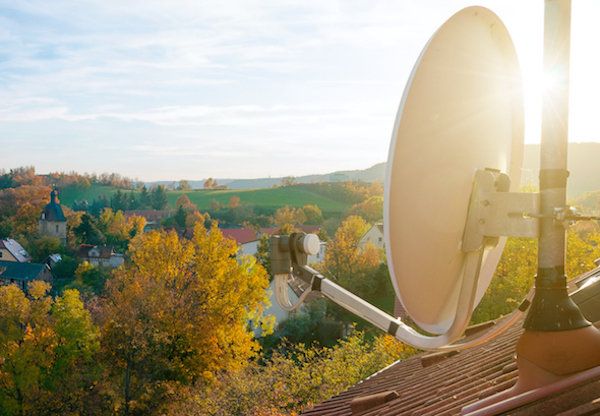Broadband is a very broad term (see what we did there?). There are many kinds of internet connections that fit under the umbrella, including:
There are some key differences between these different kinds of internet.
Cable and fiber home internet connections offer the fastest download speeds and are very common in most urban and suburban areas.
But fiber internet is more reliable and has faster upload speeds.
4G and 5G broadband connections use cellular network towers, like those run by Verizon and AT&T, to provide broadband internet to cell phones, hotspots, and other devices. There are no cables involved, but it’s still faster than the old dial-up internet.
DSL internet actually uses the same phone wires that old dial-up internet connections used, but it is significantly faster than what AOL or Netscape Navigator used to be.
Meanwhile, satellite internet uses, you guessed it, satellite dishes! It’s not the fastest option but it’s great for those who live in rural areas.
What all of these different internet connections have in common is that they are always connected (as in you don’t have to “dial up” using a modem) and they give you relatively fast speeds (of at least a few Mbps).



